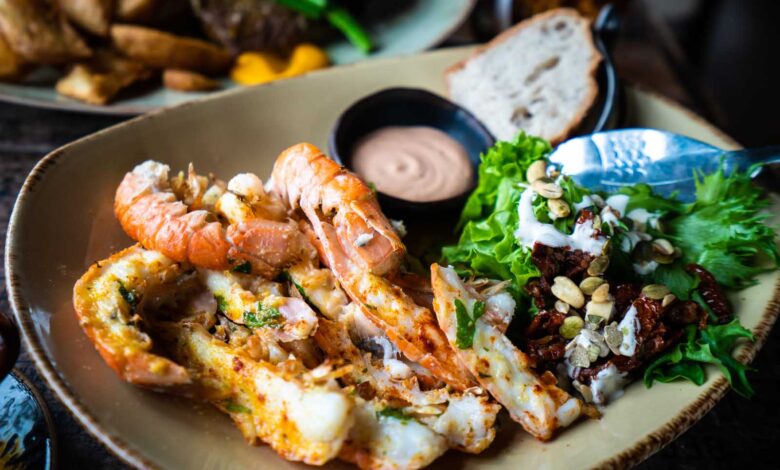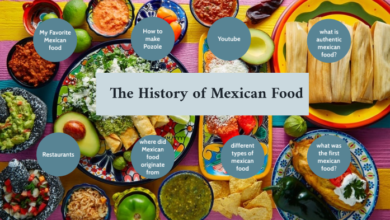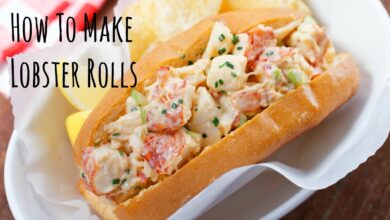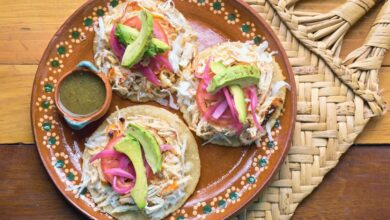What You Should Know About Icelandic Cuisine

There is an island in the northernmost part of the Atlantic Ocean which was discovered by the Vikings. Iceland, although small in population, it has great history and culture, so does the Icelandic cuisine. Due to the fact that Iceland is surrounded by oceans, fish and seafood is one of the important parts of this northern country. Fish in history has been quite cheap, so it became symbol of the cuisine, especially to the fishing villages scattered round the country. Fresh seafood can easily be found on the island and mostly eaten haddock, herring, shrimps and many others. Hakari is local specialty, it is prepared from shark meat and it is actually putrescent, it is usually eaten with brennivin, an Icelandic schnapps. Whales and seals are also on the Icelandic menu. Smoking, drying and salting of fish and meat is also common to Iceland.
Meat is also important part of the Icelandic cuisine; traditional courses are smoked lamb, salted pork ribs and many other dishes with meat, including many birds. Porramutar can be ordered in Icelandic restaurants and this is a dish containing meat and fish products preserved in a traditional method, cut in to bits and served with traditionally baked rye bread and butter. Icelanders with this dish usually drink akvavit, which is traditional drink that has its taste from the many species and herbs used in the production.
A traditional Icelandic dessert Yule pudding is rice pudding filled with raisins and cinnamon and sugar added on top. Another famous Icelandic dessert is the kransekake, meaning wreath cake, usually eaten on special occasions such as birthdays, weddings etc. It is made of egg whites, almonds and sugar and filled with cookies, chocolate and other small sweets.



